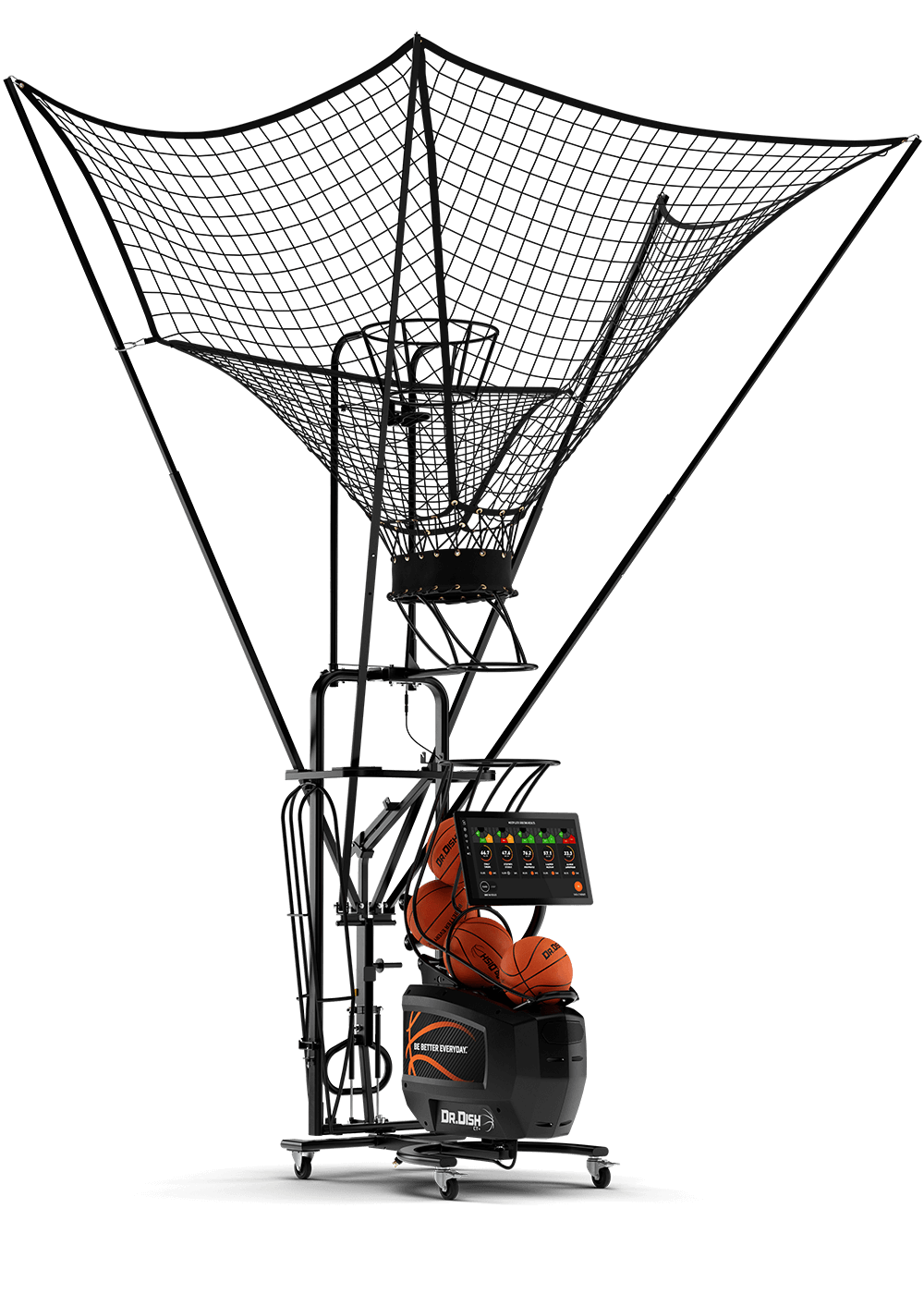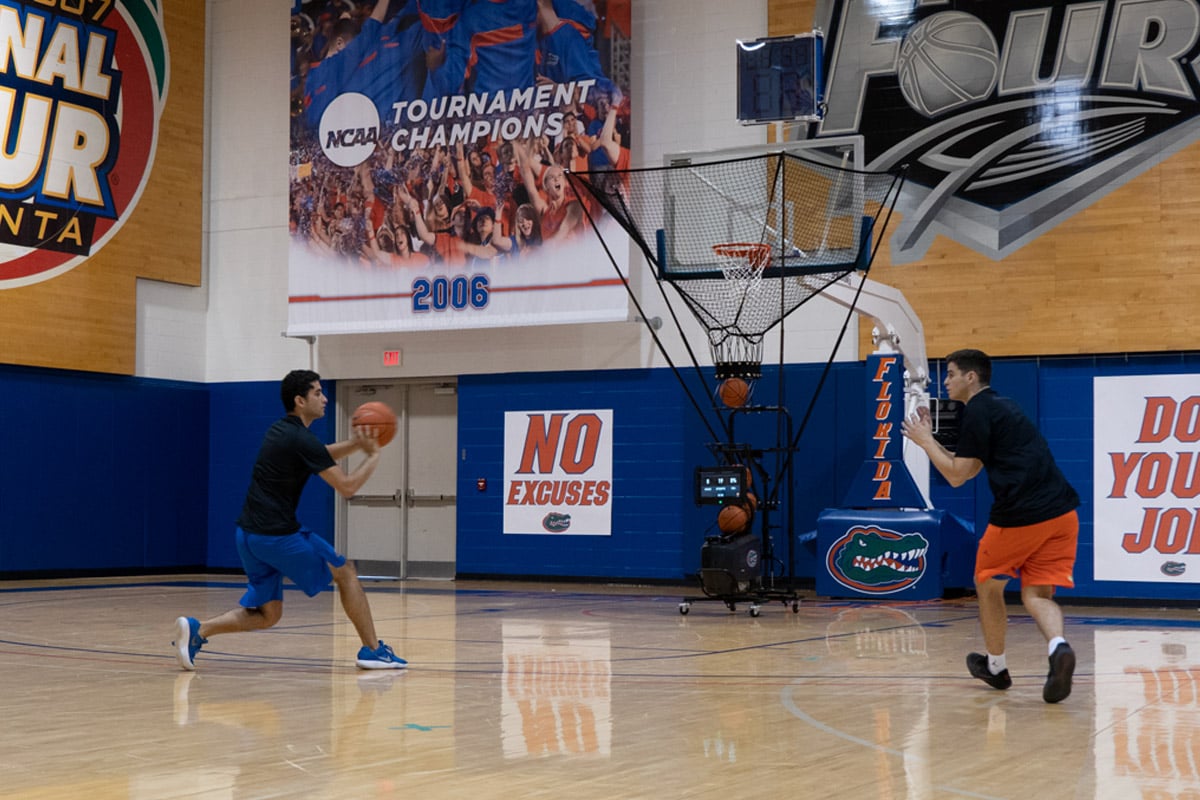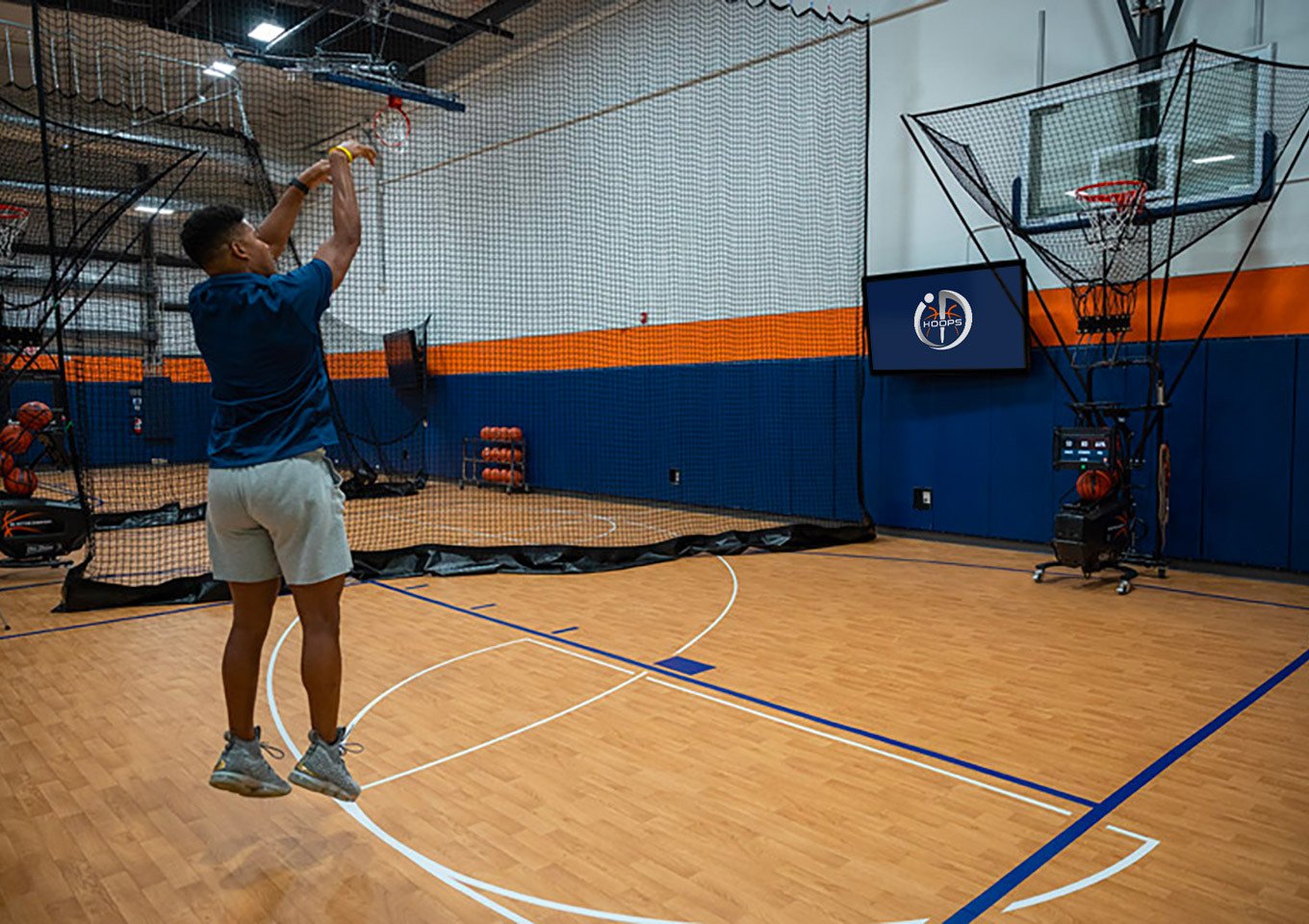Basketball Coaching: 3 Common Mistakes Coaches Make in Big Games
by Nick Bartlett, on Mar 8, 2016 3:09:51 PM
As we head into March Madness you'll notice many talented basketball teams.
One specifically may catch your eye. One where every player offers unique assets, and there’s a lot of versatility. You’ve seen the way they work together, and are impressed with their awareness of one another’s movements on the court. They should be unstoppable and a lock to make the Final 4.
However, even college basketball teams with explosive talent have gone down early in the March Madness tournament. Sometimes, it’s not all about the players’ ability to shoot, their physicality, or their positioning. The players may practice endlessly to develop their talents, but the coaches have a role in determining how to utilize that talent. Coaches can develop a brilliant strategy that allows every player to fulfill their potential, or they can overlook an essential feature of the game and miss a critical opportunity to pick up the W and boost morale. A huge part of making sure your team doesn’t fall short of expectations or get preventable losses is avoiding these pitfalls of basketball coaching that even some very experienced coaches often make.
Becoming Complacent with the Lead
This is also thought of as "playing not to lose." In high school, many teams are guilty of this as there is no shot clock in most states. Teams that drastically change the way they play when they get up by double digits run the risk of turning the ball over before they even get a legitimate shot at the hoop. While many may see it as "playing it safe" it could be more dangerous than playing aggressively.
In 2013, the #1 seed Kansas Jayhawks squared up against the #4 seed Michigan Wolverines in the Sweet Sixteen round of the March Madness Tournament. With just over 4:30 left in the game, Kansas was up by 11. The Jayhawks had incredible talent in the form of shooting sensation Ben McLemore, and Jeff Withey, a great shot blocker. So how did the Jayhawks end up blowing the lead, going into overtime, and then losing?
With a comfortable lead and victory in sight, Kansas shifted the focus of the game to protecting the lead. Kansas lost their aggresiveness on offense and began to pass the ball around to run down the time instead of attacking to score. Predictable passes resulted in repeated turnovers that were converted into Michigan points. A poorly contested drive to the hoop allowed Michigan star Trey Burke to effortlessly bring the game within 3 and give his team momentum going into the last possessions.
Playing strong even with a lead has its perks. Players may fear attacking the basket when they're ahead, but the Kansas-Michigan game illustrates how quickly a trailing team can get back in it if they are given a few minutes of low-pressure defense and facing passive offense. When teams are desperate to come from behind, they may try backcourt pressure, darting steals, and three-point shots to get back in the game quicker. It is important not to assume the lead is safe too soon, or let your security detract from fully utilizing the talent on your team. Nor should you be afraid to push the lead when given the opportunity.
Overlooking a Key Matchup
You coach a team that is incredibly well-rounded. Your players pass the ball well, and you’re gearing up to beat a team with a worse record. There’s only one problem: the opposition has a star athlete. Maybe this is the player who is a deadly three point shooter. Maybe it’s an unstoppable big man. But it’s just one player, right?
The only problem is, failing to account for a mismatch or a player with qualities your team is unprepared to adapt to can sabotage your whole game. Not only could this star player be consistently out-muscling your center, there could be all sorts of problems that develop when other players come to help out and leave someone open.
Coaches often underestimate the importance of finding a way to stop a player who is shutting down their team’s style. Maybe switching to zone defense can help. Sometimes a coach will try bringing in a speedy player to double this all-star up and then get back in time to take away the free shot. Maybe it’s just a matter of watching this player’s style in video breakdown and developing a plan to contain him/her. No matter what, failing to adjust for a repeated problem in basketball can allow the other team to dictate the tempo. Once coaches are prepared for all problems, they can dictate the style of play that best suits their team.
Allowing a Major Breakdown to Continue
Ever see a game that’s neck-and-neck the whole game, and then suddenly there’s a 10-0 scoring streak, and one team seems to have an almost insurmountable lead? Pressure, nerves, and the urge to turn things around can cause players to make hasty decisions. Sometimes coaches make the mistake of letting things ride because they believe the setback is only temporary and calling timeout seems like admitting the situation is helpless. The coach relies on a solid three-point shooter to turn the game around with a timely shot that will boost the team’s morale. Unfortunately, the shooter’s positioning isn’t established, the ball ricochets off the rim, and suddenly there’s a fast break opportunity going the other way. What was a bad situation becomes an even worse situation. If a coach makes this mistake at an away game, the cheers from the opposition crowd can be demoralizing.
It’s your job as a coach to calm down and restore order to your team when they’re not playing well. An effective way to do this is simply calling a timeout. A timeout gives your team time to cool down, strategize, and consider what’s going wrong. The message to the players during that timeout is extremely important. Rather than focus solely on what's going wrong, it's often best to show poise as a coach and set an example of how to handle adversity the right way.
Less obviously, it may be time to bring in some new players. Sometimes players are over-fatigued or under too much pressure, and some fresh athletes can turn the game around and change the tone. Slowing the tempo of the game, at least for a bit, is another strategy. No matter what, it is important to take action when your team is in a downswing. An entire game can be determined by a short period of frustration.
Keep an eye out for any of the three mistakes above this March Madness. Avoiding these classic pitfalls of coaching gives you the best odds of escaping costly mistakes and playing a professional and competitive game.
Have a tough season? Here are 3 ways to still be an effective basketball coach!




















